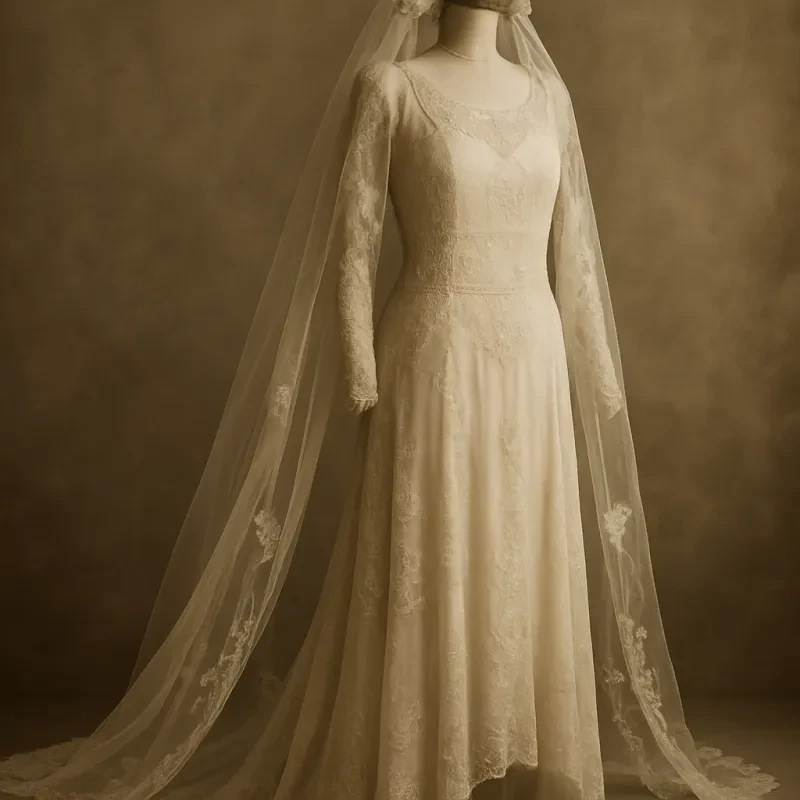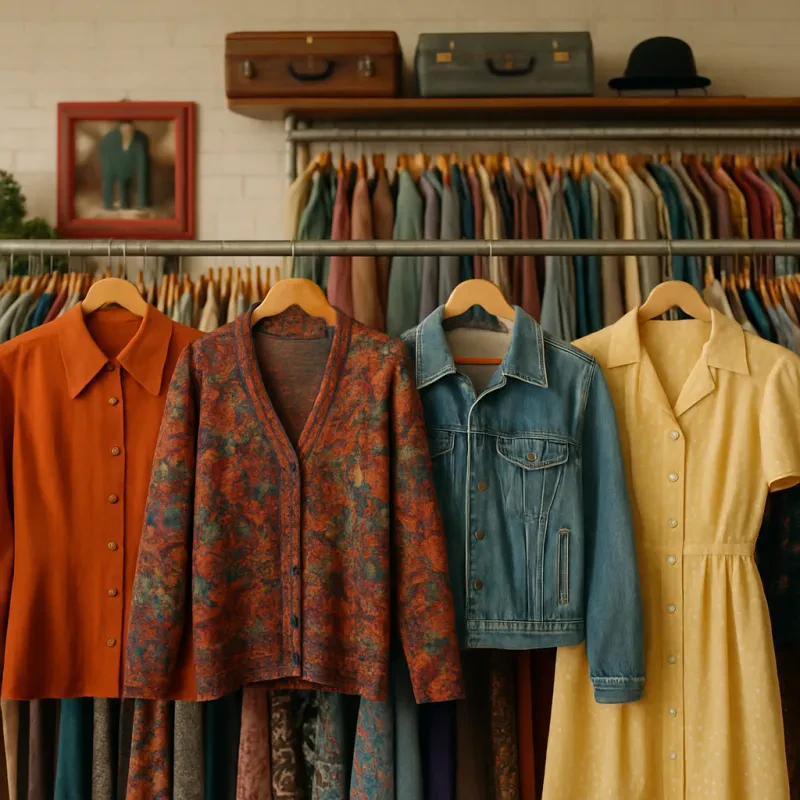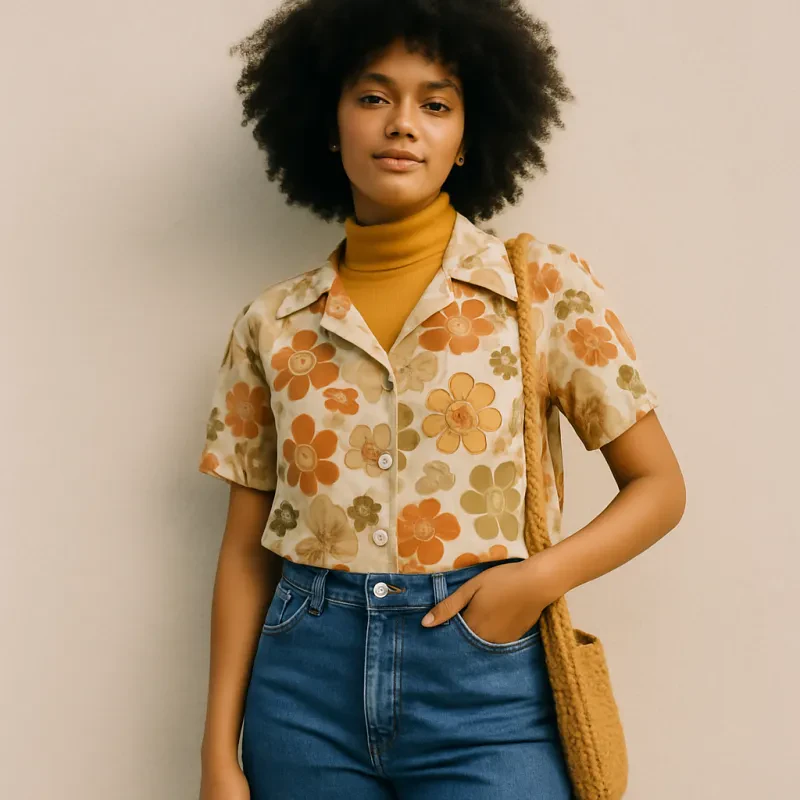The 1960s were a revolutionary time for fashion, with women breaking away from traditional dress codes and embracing bold new styles. One of the most iconic fashion movements of the era was Mod fashion, which was characterized by its sleek lines, geometric patterns, and futuristic aesthetic.
One of the key elements of Mod fashion was the mini skirt, which was famously popularized by British designer Mary Quant. The mini skirt was a symbol of rebellion against conservative norms and became a staple in every fashionable woman's wardrobe. Paired with patterned tights and knee-high boots, the mini skirt became the ultimate statement piece of the 1960s Mod look.
Another iconic trend of Mod fashion was the shift dress, which was a simple, boxy silhouette that emphasized freedom of movement and comfort. The shift dress was often adorned with bold, geometric patterns and vibrant colors, making it a popular choice for women looking to make a statement with their clothing.
Accessories were also a key component of the Mod fashion movement, with women opting for oversized sunglasses, statement jewelry, and bold handbags to complete their look. Hair and makeup also played a crucial role in achieving the Mod aesthetic, with women opting for dramatic eye makeup and sleek, straight hair to complement their bold ensembles.
Hair and Makeup: Glamorous Looks to Try
Transport yourself back to the swinging sixties with these glamorous hair and makeup looks that were all the rage during this iconic era. From sleek bouffants to dramatic cat eyes, 1960s women knew how to make a statement with their bold beauty choices.
For a classic 60s hairstyle, try a voluminous beehive or a sleek mod bob. These styles were often achieved with the help of teasing combs and plenty of hairspray, giving women the height and volume they desired.
When it comes to makeup, think Twiggy-inspired doe eyes with long, spidery lashes and graphic black eyeliner. A pale pink lip or a bold red pout paired perfectly with these dramatic eyes, completing the quintessential 1960s look.
Shift Dresses: Stylish Wardrobe Staples
Shift dresses were a defining fashion trend of the 1960s, embodying the bold and progressive spirit of the era. These simple, straight-cut dresses were designed to hang loosely from the shoulders and flow freely over the body, creating a sense of effortless elegance. Made popular by iconic figures like Audrey Hepburn and Jackie Kennedy, shift dresses quickly became a staple in every woman's wardrobe.
The appeal of shift dresses lies in their versatility and timeless charm. Whether dressed up with heels and statement jewelry for a night out on the town, or dressed down with sandals for a casual day at the beach, these dresses have the power to effortlessly transition from day to night. Their classic silhouette flatters all body types and can be easily accessorized to suit any occasion.
Today, shift dresses continue to be a popular choice for modern fashionistas looking to channel the chic style of the 1960s. With a wide range of colors, prints, and fabrics to choose from, there is a shift dress to suit every taste and preference. Whether you prefer a classic monochromatic look or a bold geometric print, the shift dress remains a stylish and sophisticated wardrobe staple that will never go out of style.
Revolutionizing Beauty: Feminine Empowerment through Style
The 1960s were a time of immense social change, especially for women. The fashion trends of that era played a significant role in empowering women and challenging traditional gender norms. Women began to break free from the constraints of the past and embrace bold, revolutionary styles that reflected their newfound sense of independence and empowerment.
One of the key elements of this fashion revolution was the emphasis on individuality and self-expression. Women were encouraged to embrace their unique beauty and experiment with different styles that celebrated their femininity. From the iconic mini skirts and go-go boots to the vibrant psychedelic prints and bold color palettes, 1960s fashion allowed women to express themselves in ways that were previously unheard of.
Through their fashion choices, women were able to assert their autonomy and challenge societal expectations. The act of dressing became a powerful form of self-expression and a way for women to reclaim their bodies and identities. By embracing their own unique sense of style, women were able to reject the notion that beauty should be defined by others and instead celebrate their own self-worth and confidence.


